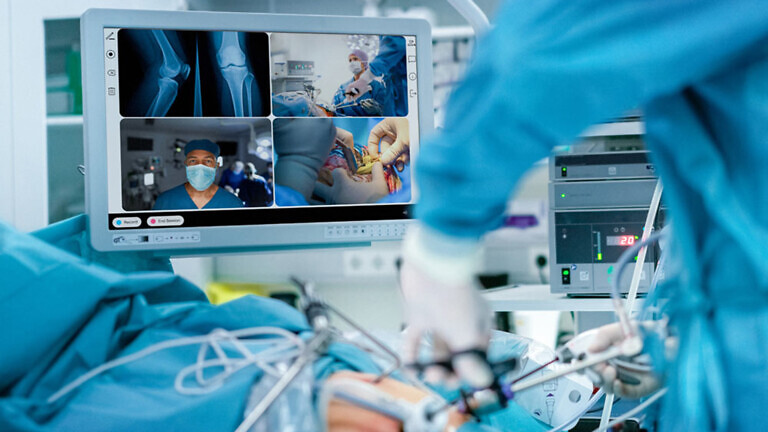Garry Edwards, vice president of EMEA for Wolters Kluwer Health, explains how data from clinical decision support systems can deliver radical change.
As the government works on creating an NHS that is “fit for the future”, it is putting digital technologies at the forefront of what Keir Starmer describes as radical change.
Among the initiatives outlined in the recently published 10 Year Health Plan is the establishment of a new Health Data Research Service. Its responsibilities will include making data more available for the development of treatments and products that can support “health promotion and early detection”.
As the NHS deploys next-generation clinical decision support (CDS) systems, the current conversation tends to focus on the inclusion of AI tools. However, it’s the availability of data and analytics capabilities that will be the real game changer.
As the Health Plan states, data is central to transforming healthcare for patients. While deidentified patient data will be vital to the improvement of care, we should also be talking about the data we can extract from the digital technologies used by healthcare professionals.
The interactions between medical professionals and their CDS tools are one of the most overlooked sources of real-world data available to healthcare organisations today.
So, it’s worth taking a closer look at how decision support systems used at the point of care can play a broader role in supporting the new NHS strategy.
A new generation of CDS
CDS tools have been around in the NHS for a long time, supporting clinicians with the right information at the time of decision-making. But it’s clear that faster access to reliable and trusted information and analytics data will enhance their capabilities.
Improving point of care access to the latest evidence and the insights derived from the vast swathes of CDS usage data will not just impact care quality. It could help to identify emerging patient needs, population health trends, and medical knowledge gaps. The tools can help to spot knowledge gaps, create more efficient systems of work and give time back to frontline staff to focus on patient-facing care.
Analysis of CDS usage data can help to identify educational needs, for example, by pinpointing frequently searched topics where clinicians still have many questions on diagnosis and treatment. Or a surge in searches for a specific condition, highlighting a potential public health concern that clinicians and population health managers need to be aware of and prepared for.
Identifying knowledge and education opportunities in real time through CDS analytics dashboards provides critical insights that can inform training planning and also ensure resources are strategically allocated. It can also highlight patterns of care to support benchmarking and ensure treatment standards are consistent across the country.
By extrapolating CDS search data, the NHS can access a context-rich source of information that can guide wider public health initiatives. For instance, this would enhance the ability of public health teams to spot trends in patient needs and make meaningful comparisons between populations.
Early warning systems
One of the biggest potential public health benefits is the ability to aggregate CDS data at a regional and national level to enable early warning systems. Usage data would help to highlight seasonal surges in communicable diseases, such as flu, and outbreaks of other infectious diseases that pose a significant risk to public health.
In the last few years, we’ve seen several serious disease outbreaks, which have included measles, mpox and E. coli, in the UK. Search data from CDS tools can highlight a spike in patients presenting relevant symptoms. This is crucial information that can provide a real-time feed for surveillance tools, such as the UK Health Security Agency’s (UKHSA) Real-time Syndromic Surveillance Team (ReSST).
Usage data from CDS tools is already being used to track disease paths outside of the UK. This information has been used to monitor outbreaks of coronaviruses, such as Covid and MERS, and more recently to track the spread of waterborne diseases in Spain and Brazil. Outbreaks of waterborne disease are also an issue in the UK and, as climate change continues to drive unexpected weather patterns, medical professionals need to remain vigilant for new or rarely seen diseases.
Data taken from CDS tools will be vital in preparing the NHS for such eventualities. Improving access to CDS data insights could have a significant impact on population health and help to reduce the numerous challenges faced by the NHS by driving workflow efficiencies and making best use of limited NHS resources.
The ability to identify the needs of patients and medical professionals, to inform public health initiatives and enhance early warning systems will all help to create a robust health system that is fit for the future and capable of delivering Keir Starmer’s radical change.



